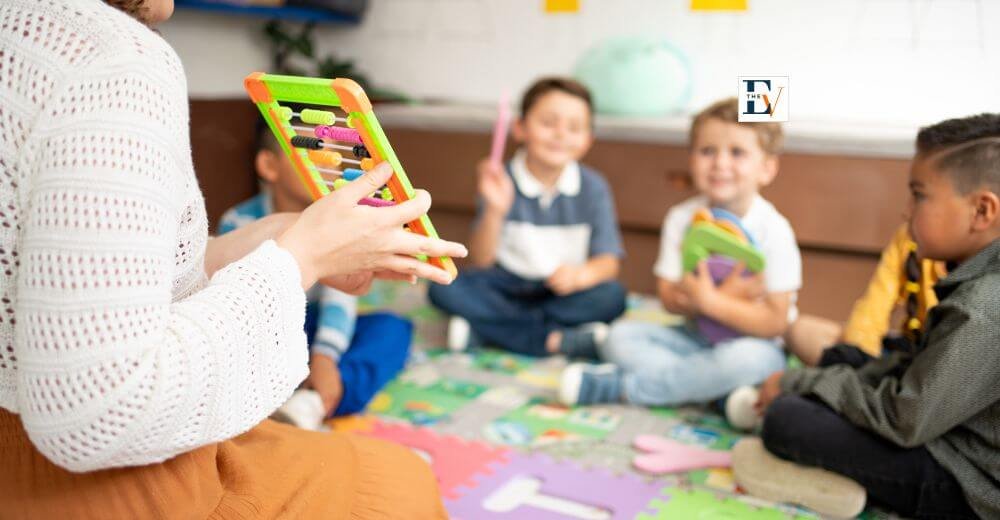Gamifying Education
In a time when digital distractions compete for the student’s mind, traditional teaching methods routinely fail to hold students’ attention. Gamifying learning—applying game design principles to educational contexts—is an energetic method of engaging students, driving motivation, and fostering higher levels of comprehension. Through interactive and reward-based systems, gamification transforms classrooms into vibrant spaces where learning is an adventure.
This article delves into the gamification principles of education, its advantages, real-world applications, and challenges, giving an overview of how it can transform student engagement.
What is Gamification in Education?
Gamification is the application of game features, such as points, badges, leaderboards, and challenges, to non-game activities, such as education, to engage and encourage success. In contrast to games, gamification as applied to education aims more at the optimization of learning results than at the entertaining process. It taps into the intrinsic motivations of students such as curiosity, competition and a mastery need and makes failure a low-stakes experience.
Advantages of Gamifying Education
- Higher Engagement and Motivation
Gamification engages the learners in fun and interactive education. Such details as progress charts or achievement badges offer a quick feedback to the students and emphasise the necessity of recognition. A research published by the Journal of Educational Psychology in 2020 revealed that in gamified classroom, the level of engagement among students was higher by 14 percent than in a conventional classroom.
- Personalized Learning Paths
Learners can learn with the help of gamified programs at their own pace. Adaptive programs like Duolingo or Khan Academy have algorithms that make it dynamically harder or easier depending on performance to challenge the learner and aid them. Various learning styles and proficiency are made possible through personalization.
- Encouraging Collaboration and Competition
Group challenges and leaderboards encourage collaboration and friendly competition. Students will collaborate on problem-solving, or compete with each other to collect the most points, learning teamwork skills and sense of belonging. For instance, a system such as Classcraft forms virtual student teams who work together and encourage each other in a joint effort towards achieving goals.
- Safe Space for Failure
Games normalize trial and error, and therefore students can experiment with possibilities without fear of dire consequences. In a math game app, a wrong answer can subtract points but give hints to guide the student to the correct response, teaching resiliency and growth mindset.
- Improved Retention and Use
Interactive challenges help the learners to memorize information by associating it with deep experiences. The context of applying knowledge, such as ideas of photosynthesis, can be brought to a more practical reality by incorporating a science lesson into a mission to rescue a virtual world, which causes students to think about how they will apply their knowledge.
Practical Applications in the Classroom
- Digital Platforms and Apps
Quiz games like Kahoot! and Quizizz transform quizzes into the games of speed, where learners race to answer the questions. Both platforms provide instant feedback and analytics, where instructors can find out where students struggle.
- Narrative-Driven Learning
Educators can create narrative quests to engage students in learning about difficult topics. For instance, a literature class can be a “detective mission” in which students read texts to identify themes by earning “clues” along the way. This storytelling methodology immerses abstract material.
- Reward Systems
Students can be motivated by basic reward systems like virtual money when they complete and do their homework. These rewards can be used to purchase privileges, e.g. to choose the class activity or unblock the bonus material, which brings in an element of choice to the learning.
- Project-Based Gamification
Gamification of long-term projects is possible through breaking it down into levels or milestones. An example of this would be a history project on ancient civilizations where the unlocking of new time periods was based on the completion of research based activities, where each level presented more complex activities.
- Virtual and Augmented Reality
New technologies such as VR and AR push gamification to new levels. A biology lesson could use VR to tour a 3D representation of a cell, doing activities to “unlock” inner layers of the structure. Although expensive, these resources provide immersion that cannot be surpassed.
Challenges and Considerations
Though gamifying education seems to be a great solution, there are difficulties. Too much reward might lead to extrinsic motivation whereby students will be less interested to learn than win rewards. To minimize this, teachers ought to concentrate on intrinsic motivators, e.g., curiosity and mastery, through the creation of salient challenges.
The other issue is accessibility. A lack of finances does not allow every school to implement advanced gamification software, but digital divides can expand the gap. Teachers can mitigate it by low-tech solutions such as paper-based quests or physical leaderboards to make it inclusive.
The Future of Gamified Education
Technology will also change and improve gamification. AI may develop hyper-personalized learning environments, changing challenges in real time based on how well a student is performing. Blockchain systems may enable students to receive verifiable credentials for accomplishments, linking education to career growth.
In the end, it will rely on balancing innovation and justice. Ensuring gamification is accessible to the underserved and adaptable to various cultural settings will be critical to its success.





